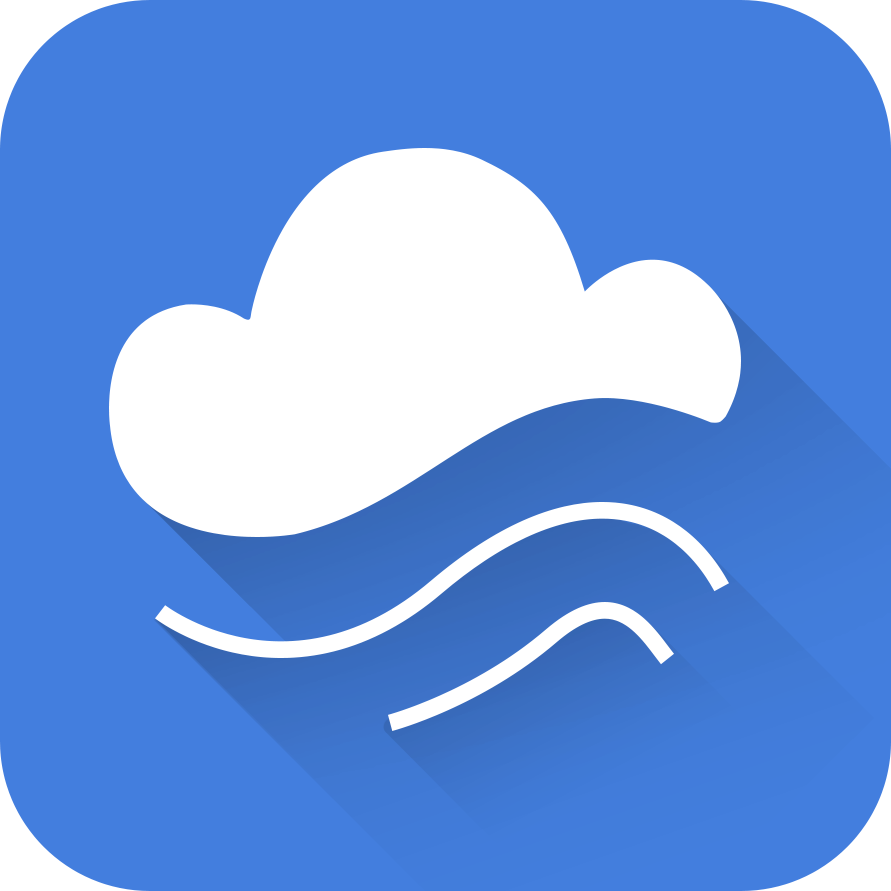x

蔚蓝地图
公众环境研究中心
Service Authorization
The Enterprise Carbon Accounting and Disclosure Platform is jointly developed by the Blue Map and Insblue.
The platform requires access to your account information
(including but not limited to your company name, registered cell phone number and email address)
to enable your use of relevant functions.
If you have any questions, please contact gsc@ipe.org.cn.